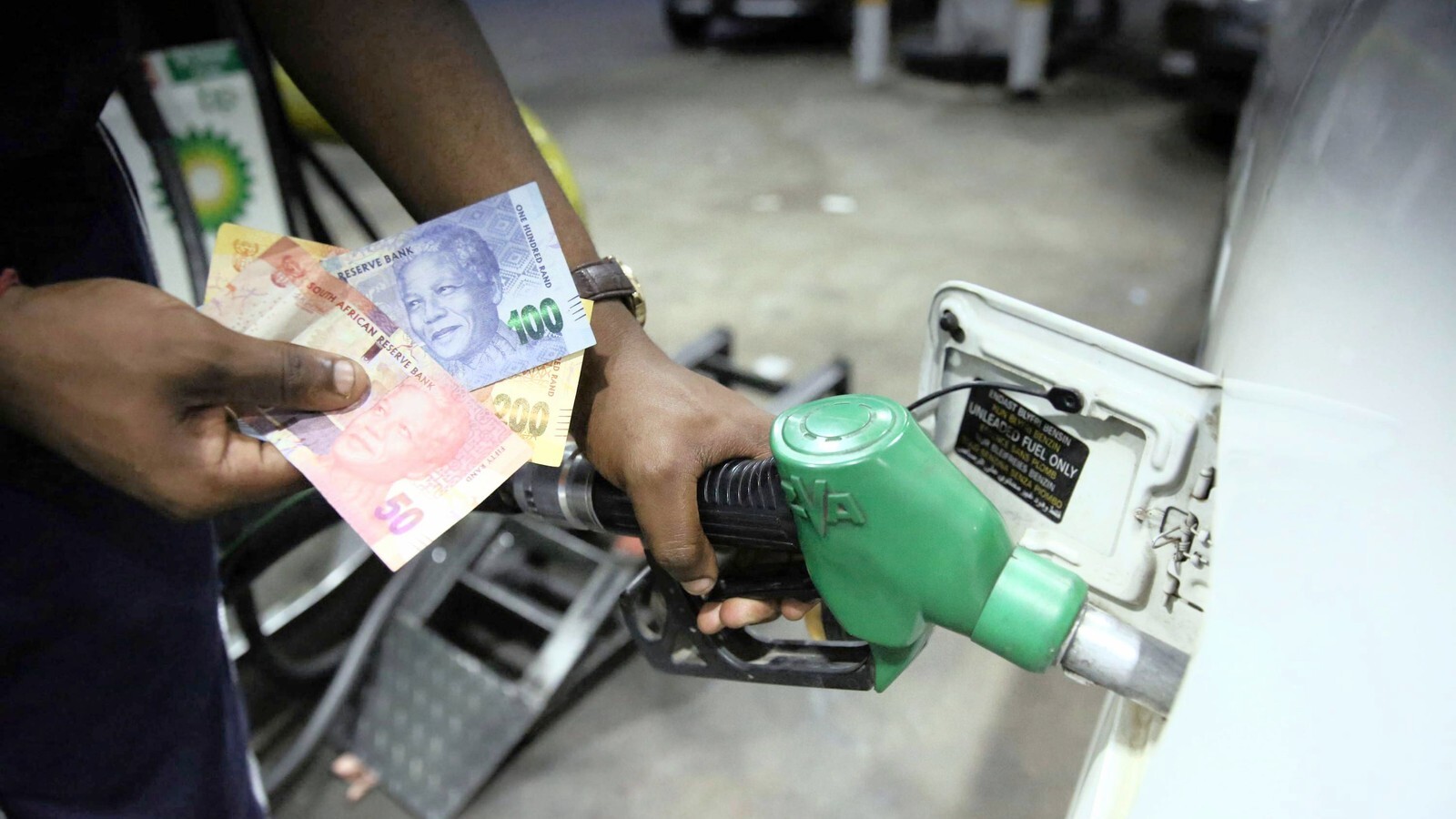SA petrol service stations lost R7bn profit due to poor regulation by DMRE - FRA

SA petrol service stations lost R7bn profit due to poor regulation by DMRE - FRA
The FRA said last month it was successful in the High Court against the Minister of Mineral Resources and Energy, saying that the Regulatory Accounting System in Petroleum (RAS) made no provision for Entrepreneurial Compensation (EC). The ruling paved the way for retailers to get EC.
The DMRE did not respond to request for comment.
Sibiya said the EC claw backs had been rising between 5 cents per litre (cpl) to 15cpl for the past decade between various oil majors. Approximately 65% of service stations were subjected to some form of claw back.
An EC allocation (or trading margin) is a portion of the retail margin that should be provided, over and above the Opex recovery, that would be allocated to retailers to compensate them for the provision of services associated with operating service stations. This ensures a return on a retailer’s risk and investment in providing services.
‘’Only 35% have been getting full recovery of EC. However, even the 35% is never safe, as it just takes the change of senior leadership at an oil company to turn the tables upside down. Hence, a regulatory intervention is required to ensure future sustainability of all service stations,’’ Sibiya said.
For retailers that do not own any assets and whose business are purely a service-business, this means they only had Opex recovery as provided by the regulation and must depend on oil companies to decide how much EC they receive.
An oil company is, in turn, supposed to give away some of its capex return (asset return), which renders an under recovery on both parties and where there is no equal bargaining power to negotiate.
Most fuel retailers in the country fall into this category as they do not own the assets required to dispense fuel. They lease them from wholesalers or oil companies under franchise and lease agreements.
Under the RAS Model, as it is currently regulated by the DMRE, these asset-less retailers can retain only the Opex portion of the retail margin, which covers their operating expenses.
The court said there appeared to be a disconnect between the formal RAS methodology recorded in the documents and the practical way the DMRE expected the model to operate.
It said the RAS methodology provided only for a capex and opex portion in the retail margin. The EC did not exist as an element of the retail margin at all. The RAS Matrix consequently did not include any allocation that recognised and compensated retailers for the investment they had made in the business of operating a retail station.
The DMRE publishes RAS Matrix in December of every year since 2013. Each of these Matrices includes an EC referred to herein as the notional EC.
With reference to the 2015 RAS Matrix and as per the court judgment, the notional EC can be identified the total retail margin of 161.7 cpl. This comprises of the line items constituting the opex margin contributions with a total of 90.3 cpl. It also consists of the line items constituting the capex with a total of 48 cpl. In the final sum, the capex portion is, however, recorded as 71.4 cpl. This is because the notional EC return of 23.4 cpl has been extracted from the elements of capex portion of the retail margin to comprise the total capex margin distribution.
In other words, the EC does not really exist, and it was manufactured by compromising the real return on assets (Capex), creating conflict between retailers and oil companies, with oil companies expected to forgo a portion of their capex towards the EC for retailers.
The FRA estimates an average of 10cpl clawback across the 10 year period to date.
‘’With the average annual volume of 10.7 billion litres of retail petrol sales per annum, the total loss of entitled EC for the past 10 years = 10cpl x 10.7 billion litres × 10 years = R10.7bn This translates to R7bn for the 65% (3000 out of 4600) affected service stations. R10.7bn x 65% of service stations = R7bn. This translates to R2.3 million loss per service station over the 10 year period. These profit losses only relate to petrol sales.’’
Sibiya said as most service stations used the petrol margins as proxy for diesel pricing, the actual loss was double the figures stated as diesel sales were now averaging 12 billion litres per annum.
